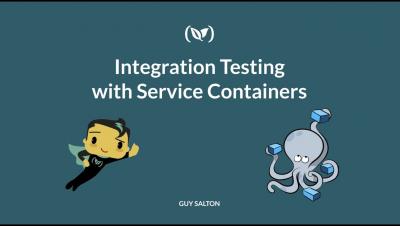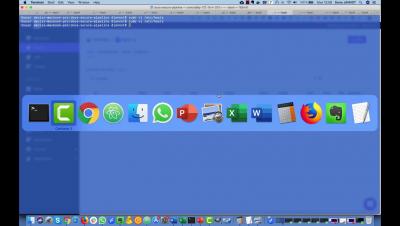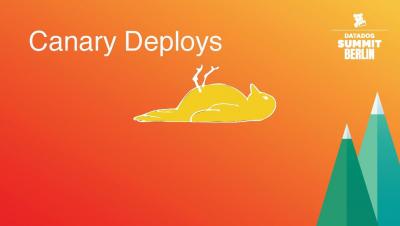15 hours writing CloudFormation reduced to 15 minutes with Stackery
ServerlessConf NY this past October was an important milestone for those of us tracking how software is built on cloud services. . We’ve seen the serverless talks evolve from “what is serverless” to “I built a weird thing” to “We built a new business” to “We refactored a legacy app and kickstarted our feature velocity.” We’ll come back to those last two soon, , but I want to highlight some points from one in particular by Tim Wagner.











